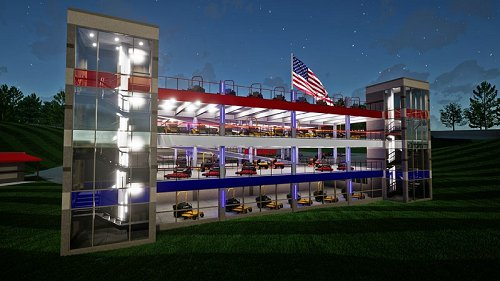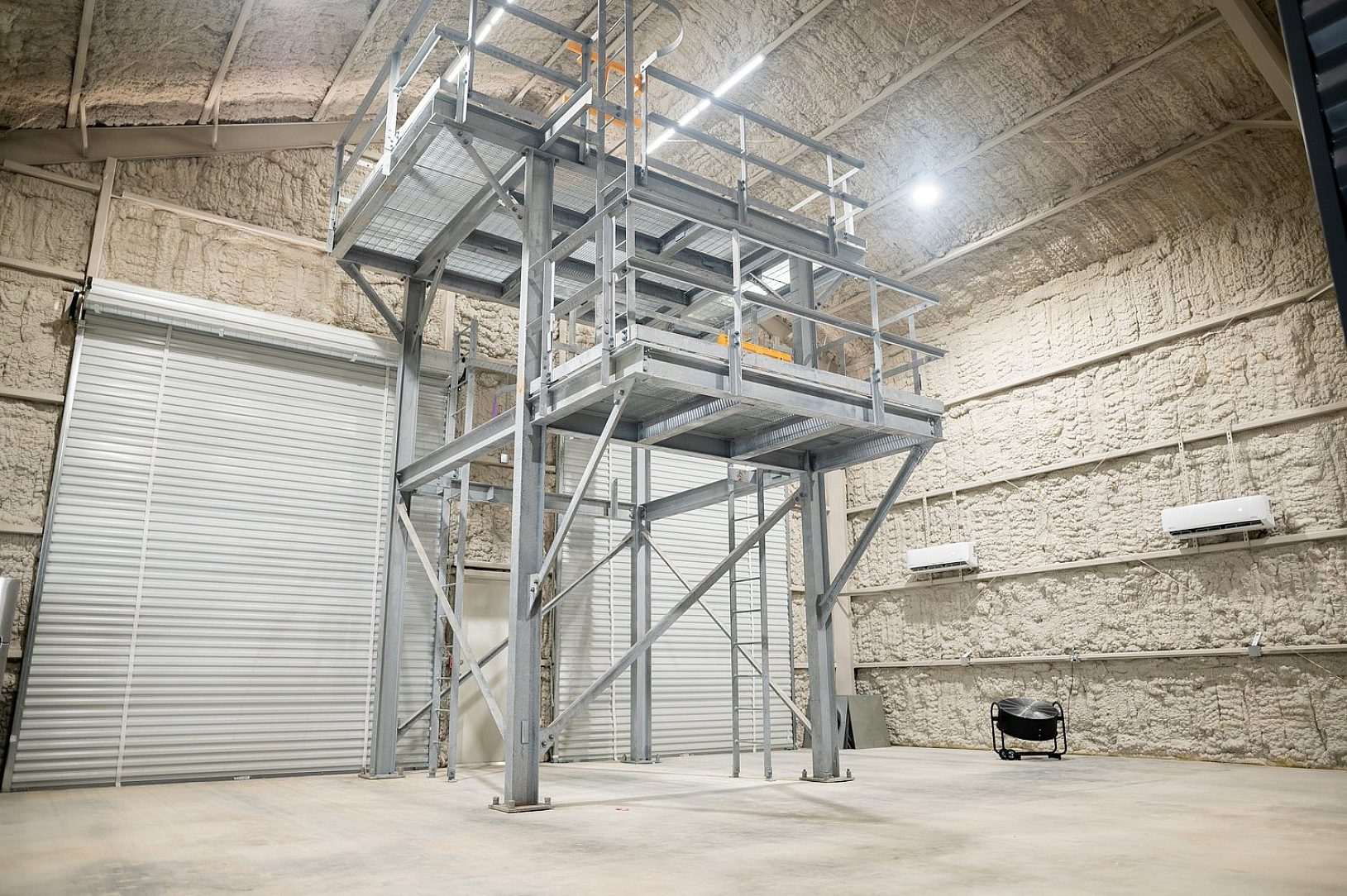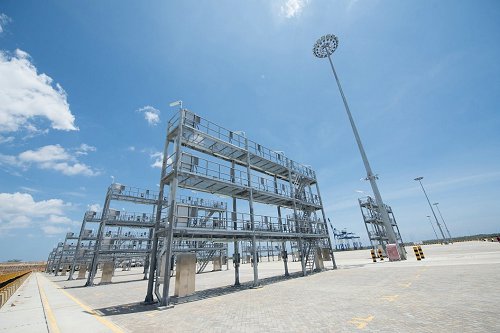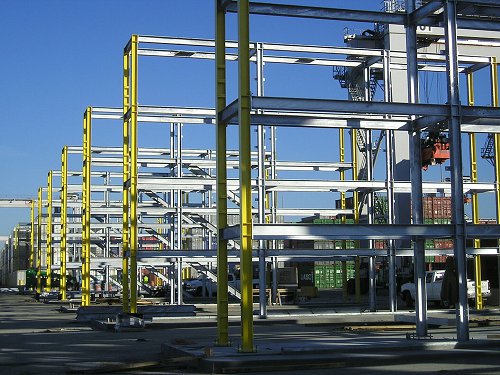Container Storage Steel Reefer Racks at Port of Wilmington
No Pics.
Container Storage Steel Reefer Racks at Port of Wilmington
Background:

The Port of Wilmington has been in service for 99 years, and imports more fresh fruit and juice than any other port in North America. In 2019, the Port upgraded its handling equipment, requiring upgraded storage racks and making Reefer Yard Expansion .
A soon-to-be expanded refrigerated container yard at the Port of Wilmington will further boost the port's capacity to better support agricultural and pharmaceutical sectors.

The first phase of supporting the new cargo handling equipment includes the construction of 14 new multi-level reefer racks. These racks can hold up to 168 cargo containers at a time, which is vital to one of the largest ports on the east coast.
Status:
With over 700 tons of structural steel holding cargo containers, the project owner can rest assured knowing that the racks will offer corrosion protection for 80+ years due to the cathodic nature of the galvanizing. In addition to corrosion protection, coating durability was also a factor when choosing HDG, as there will be much movement on and around the racks. Coating Durability, Corrosion Performance, Initial Cost, Life-Cycle Cost, Quality of HDG.
The first $14 million phase, which wrapped in May 2020, introduced 540 new plugs to the port, bringing its total to 775. These plugs are used to allow refrigerated containers arriving from or preparing to exit ocean-bound ships to remain powered and protect temperature-sensitive goods, like produce, meats and pharmaceutical products.

The port officials are physically laying the groundwork for phase three. Phase two involves the planned installation of four-high reefer racks (where four containers get stacked) and outlets, whereas phase one created a yard with containers stacked three units high.
Conduit pathways will be laid underground, according to the plans. Phase three will introduce 576 new plugs.
Investments in cold infrastructure are part of the ports’ multi-year container terminal expansion plan. The emphasis on this sector has been driven by a push to ensure the Port of Wilmington is a central hub for perishable products – a strong export market for the state’s agricultural stakeholders. Before these investments, North Carolina-produced perishables were more commonly passed through other surrounding but out-of-state ports.
The phase two reefer yard expansion is estimated to be complete by spring 2023, according to a ports spokesperson.













